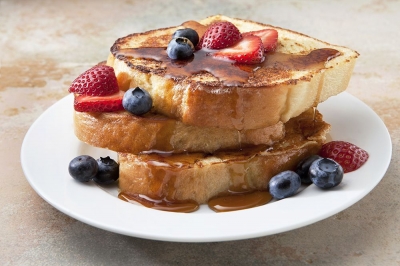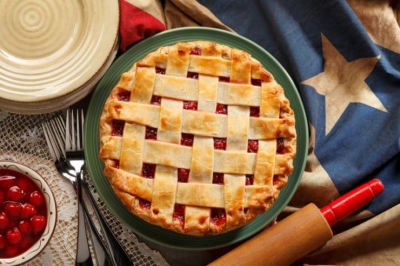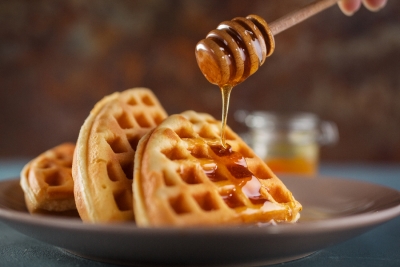
Back in time
At some point, O felt the samosa was following me whenever I want. So, I decided to follow it back in time to discover how and when this unique (and yet common) snack was first made. Records dating back to the 14th Century mention Moroccan explorer Ibn Battuta enjoying the hospitality of Mohammed bin Tughlaq. Battuta writes about ‘sambusaks’, which were flour casings packed with minced meat and dry fruits. They were the accompaniment to the pulao. So popular was the sambusak that even Amir Khusro, the Sufi poet, felt compelled to comment on the partiability bestowed on this snack by the elite.
A 15th Century text, “Nimatnama” contains recipes for almost all the dishes served in the court of Sultan Ghilyas al din Khilji. The manuscript mentions eight distinct recipes for making samosas-and none of them contained potatoes, which went on to became synonymous with the samosa. Rightly so, too, because the Portuguese brought potatoes to India only in the early 17th Century.
It’s not Indian
These early records might tempt us to think that the samosa is Indian in origin. But that isn’t true. Arab texts dating back to the 10th Century mention ‘sambusak’, a name derived from the Persian ‘sanbosag’. Travelling merchants who undertook long journeys and huddled around campfires would pack a few of the as sustenance. Two versions were made-backed and fried. The settled communities would bake this snack while the nomadic ones would fry it so it would stay unspoiled for many days. These travelling merchants brought the samosa to India, where it cut across rigid social structures and came to be loved by princes and paupers alike.
The many versions
Samosas are available in all corners of India. The north Indian version is large and stuffed with peas, onions and mashed potatoes. Luqmi, Hyderabad’s take on the samosa, is filled with meat and is flakier than other versions. Karnataka loves its onion and kheema varieties while Delhi offers the traditional potato samosa as well as those filled with moong dal, khoya and meat. Gujarat relishes the patti samosa that makes even cabbage taste delicious! Samosas in other south Indian States can have a variety of fillings, including mashed potatoes mixed in with carrots, curry leaves, cabbage, green chillies and so on. Goan samosas, called chamucas, are mostly meat-filled.
The singada, popular in West Bengal, Bihar and Odisha, is smaller than its north Indian cousin. You would be forgiven for thinking that singadas are samosas called by another name. After all, the shape and the stuffing seem similar. However, the singada is smaller and stuffed with a mixture of cut potatoes (cooked rather than boiled), cauliflower and peas. Occasionally, it can contain peanuts. The stuffing is less spicier than the samosa and the casing is made of all-purpose flour rather than wheat flour. The non-vegetarian singada contains mutton while the sweet version is stuffed with reduced, sweetened milk. The dough is sealed with a clove before being deep friend. The snack is poetically named labongo lotika.
Who would’ve thought that a triangular piece of golden brown pastry had so much history, geography, culture and cuisine embedded in it?
Picture Credit : Google






